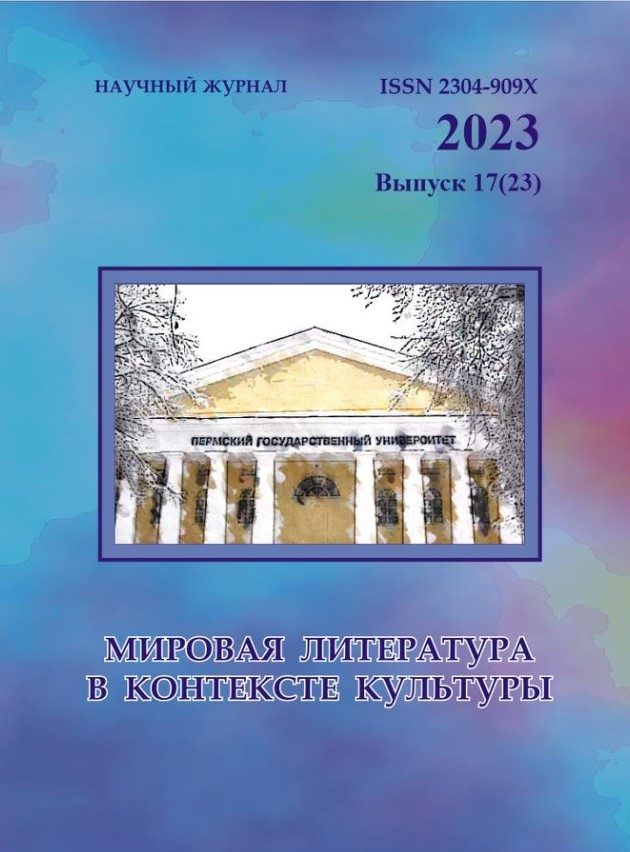Elizabeth Gaskell’s Novels and the Issues of Women’s Education in Victorian England
DOI:
https://doi.org/10.17072/2304-909Х-2023-17-104-114Abstract
The article examines E. Gaskell's artistic study of the problems of female education and the work of middle- and working-class women outside home in the Victorian period in the novels Cranford (1853), Ruth (1853), North and South (1853) and Wives and Daughters (1865). The analysis has revealed that the author’s depiction of the shortcomings of the existing system of women’s education in Britain is based on the principles of social realism. The main negative feature of education for women, according to Gaskell, is its unsystematic nature, which prevents women from developing their talents and abilities, as well as getting a job outside home. There is no detailed image of a governess or a female teacher in the writer’s works. This peculiarity of her novels can be interpreted as a deliberate lack of attention to this profession, common among female representatives of the middle class, either as a result of its unattractiveness for the author, or because of the full development of the topic by her contemporaries in the English literature. Within the frames of the social novel, Gaskell also turns to a critical analysis of vocational education for working-class women, pointing out the exploitation of heroines hidden behind the mask of apprenticeship. The images of male teachers created by the author, for whom professional activity becomes an opportunity for self-realization, are also of interest.Downloads
Published
2023-12-22 — Updated on 2023-12-29
Versions
- 2023-12-29 (2)
- 2023-12-22 (1)
How to Cite
Firstova М. Ю. (2023). Elizabeth Gaskell’s Novels and the Issues of Women’s Education in Victorian England. World Literature in the Context of Culture, 17(23), 104–114. https://doi.org/10.17072/2304-909Х-2023-17-104-114 (Original work published December 22, 2023)
Issue
Section
Статьи

